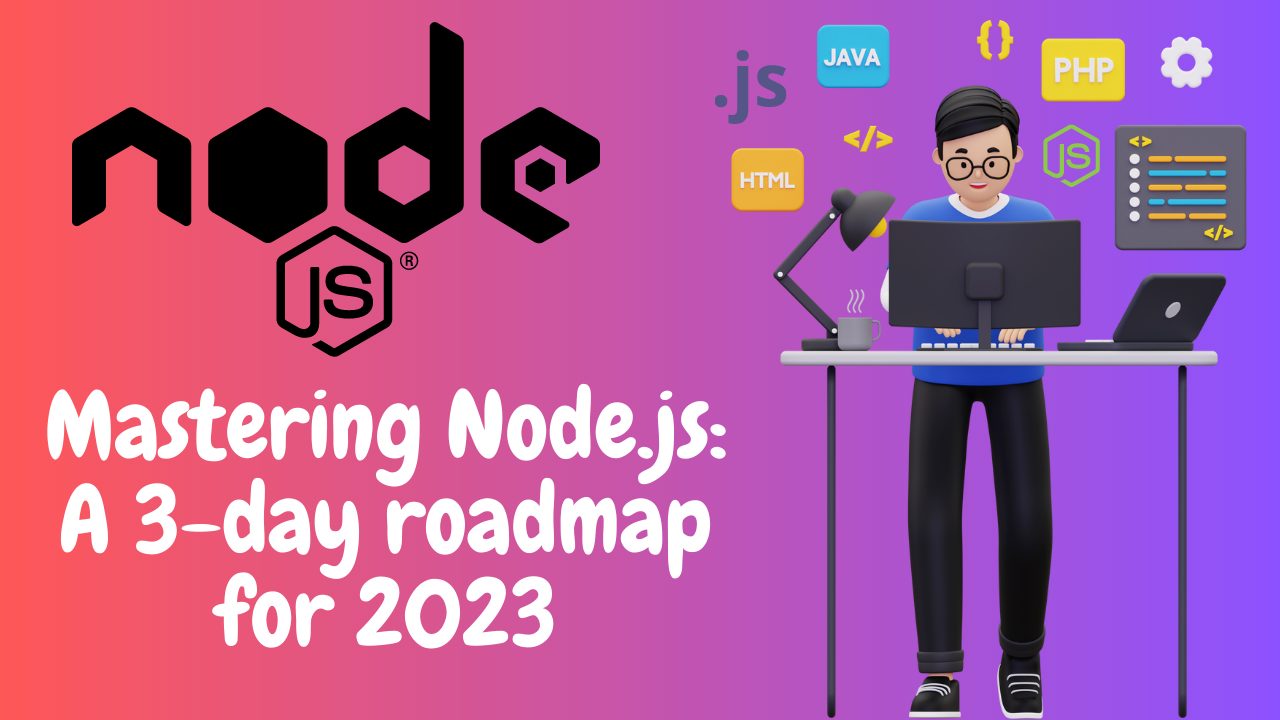Node.js is a popular open-source framework used by developers to construct scalable and efficient online applications. With its fast-growing community, it has become a go-to tool for many developers worldwide. However, understanding Node.js may be a challenging endeavor for novices. From learning the basics to understanding its intricate features, it might take months or even years to become an expert.
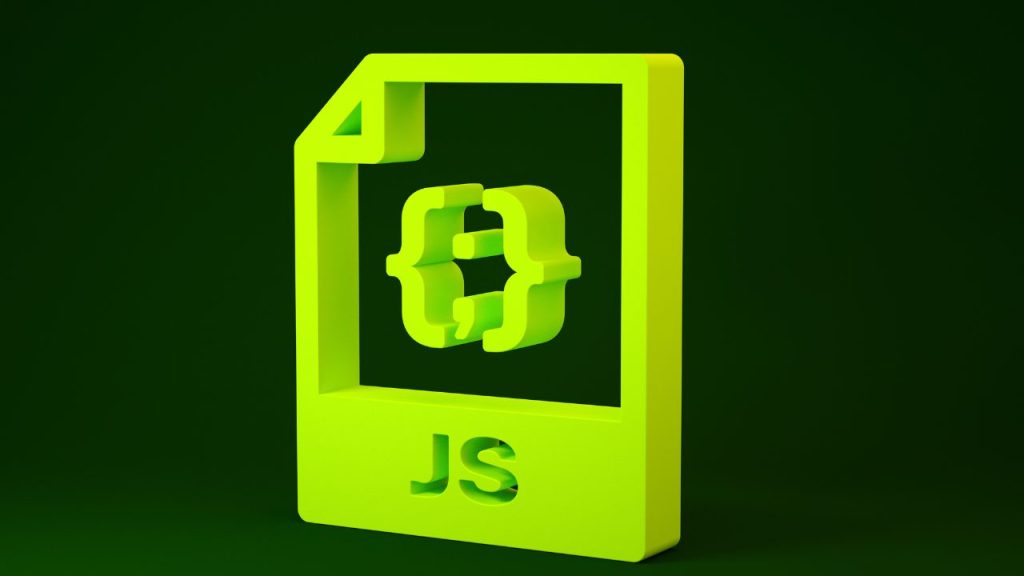
In this blog article, we will present a step-by-step roadmap that will help you learn Node.js in just three days. With this book, you will learn how to set up your development environment, write basic Node.js code, interact with Node.js modules, and utilize Node.js in real-world apps. Whether you’re a novice or a veteran, this tutorial will provide you a clear route to understanding Node.js. So let’s dig in and get started!
Introduction: How Node.js has grown and why it’s crucial to master it
Node.js is an open-source server-side platform that was introduced in 2009. Since then, PHP has matured and risen in popularity, becoming a go-to solution for web developers worldwide.
One of the key reasons Node.js is so popular is its scalability. It can manage massive volumes of data and traffic without slowing down or crashing. This makes it excellent for constructing real-time apps and handling large-scale online projects.
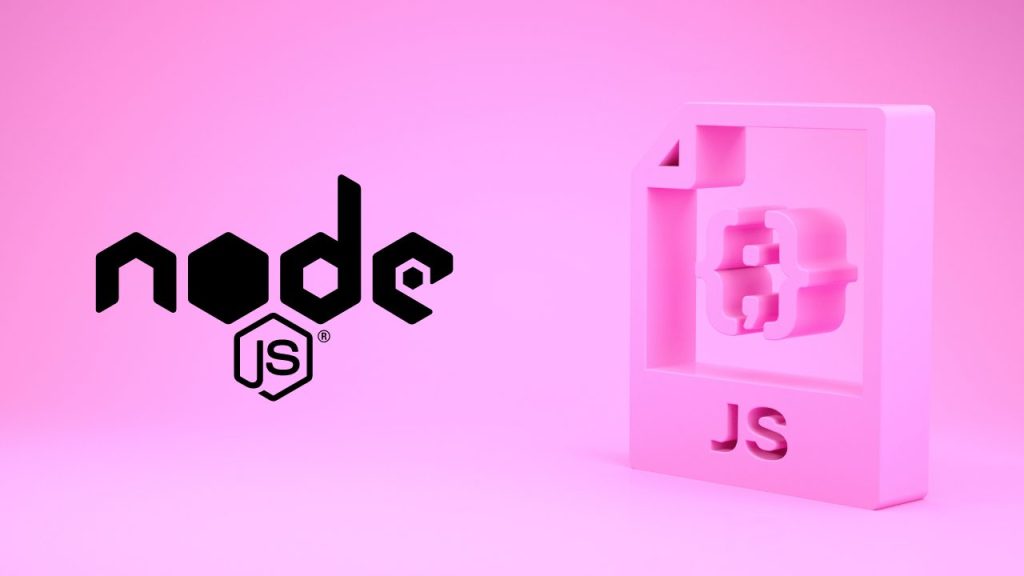
Another reason Node.js is so significant is its adaptability. It may be used for a broad range of applications, from e-commerce websites to IoT gadgets. It also has a huge and active developer community, continually generating new tools and libraries to make development easier and faster.
Mastering Node.js in 2023 will be vital for every web developer trying to stay competitive. By learning the ins and outs of this powerful platform, developers can construct quick, efficient, and scalable apps that match the needs of modern consumers. Over the following three days, this roadmap will lead you through the skills and knowledge you need to become a Node.js master.
Read More : C++ or Java | Which coding language to learn in 2023 ?
Day 1: The Basics of Node.js
If you’re new to Node.js, Day 1 is all about getting the basics right. Node.js is a sophisticated JavaScript runtime environment built on the V8 engine, which is utilized in Google Chrome. It helps you to construct high-performance, scalable, and event-driven applications.

The first thing you need to do is install Node.js on your PC. You may get the newest version from the official Node.js website and follow the installation instructions.
Once you’re set up, it’s time to dig into the basics of Node.js. Start by studying the key modules that come with Node.js, such as the HTTP module for constructing web servers, the File System module for interacting with files, and the Events module for managing events.
You’ll also want to get familiar with the Node Package Manager (npm), which is a command-line utility for installing and managing third-party packages in your Node.js applications. npm is a crucial tool for every Node.js developer, and you’ll be utilizing it a lot along your journey.
Finally, make sure you grasp the principles of asynchronous programming in Node.js. Asynchronous programming is a crucial feature of Node.js that enables non-blocking I/O operations and increases the speed of your applications. You’ll be using callbacks, promises, and async/await to work with asynchronous programs.
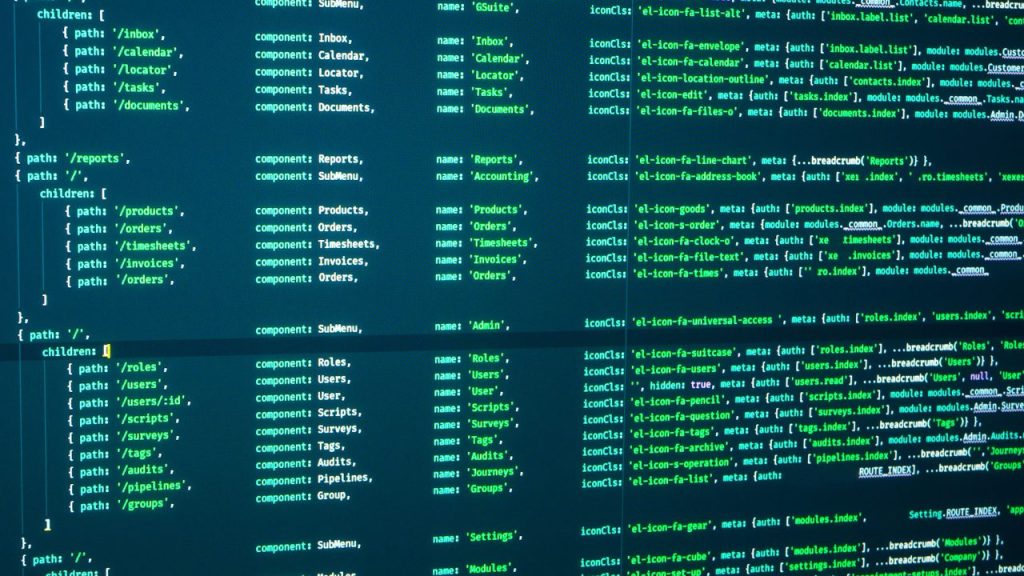
By the conclusion of Day 1, you should have a good foundation in the basics of Node.js and be ready to start constructing your first Node.js application.
A. Installing Node.js with NPM
Node.js is an open-source server environment that enables for the execution of JavaScript code on the server-side. To get started with Node.js, the first step is to install it on your PC. The installation process is extremely basic and can be accomplished in just a few steps.
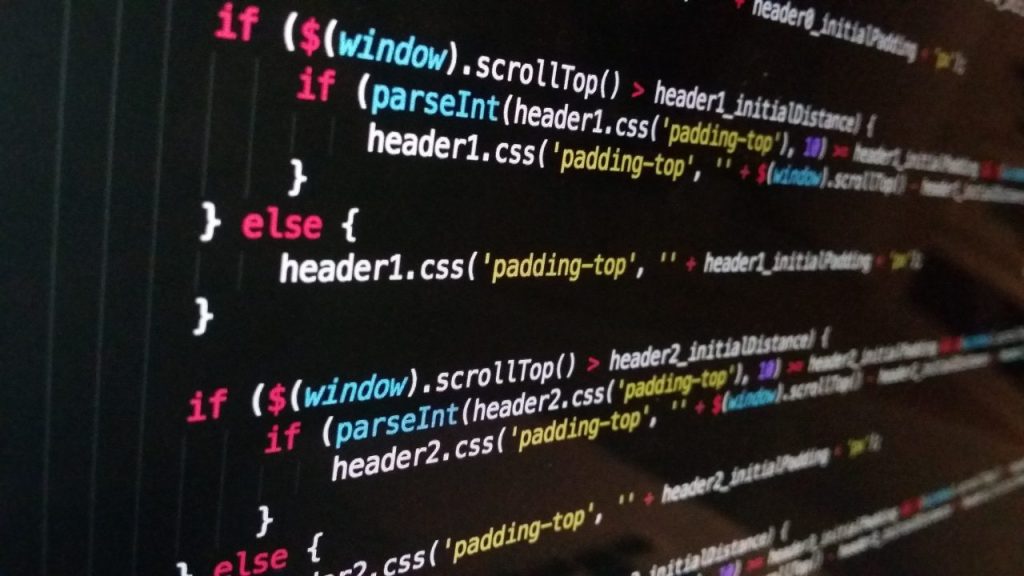
The first thing to do is to visit the official Node.js website and download the proper installation for your operating system. Once the installer is downloaded, simply launch it and follow the installation tutorial. During the installation process, you will also have the choice to install NPM, which is the package management for Node.js.
After the installation is complete, you can check that Node.js and NPM are installed successfully by opening a command prompt or terminal and typing the following commands:
node -v
npm -vThese commands will display the versions of Node.js and NPM installed on your computer. If you see version numbers shown, then congrats, you have successfully installed Node.js and NPM!

Now that Node.js and NPM are installed, you can start constructing your first Node.js application. Whether you are developing a web application, a server-side API, or a command-line tool, Node.js provides a strong framework that makes it easy to construct scalable and performant applications. So, let’s get started with learning Node.js and start developing awesome applications!
B. Understanding the basics of JavaScript programming
Before you go into Node.js, it’s vital to have a basic foundation of JavaScript programming. JavaScript is the core of Node.js and is used to develop dynamic and interactive web applications.
To start, you should have understanding of variables, data types, operators, and control structures. Once you have a decent understanding of the basics, go on to more complex topics like as functions, objects, arrays, and loops.

It’s also crucial to understand how JavaScript interacts with HTML and CSS to construct web pages. This involves modifying the Document Object Model (DOM) and responding to events like as clicks and mouse movements.
There are various resources accessible online to learn JavaScript, including tutorials, classes, and books. Take use of these resources to deepen your grasp of the language before moving on to Node.js.
Once you have a strong understanding of JavaScript, you’ll be well on your way to learning Node.js and constructing powerful server-side apps.
Read More : Best easy website builder for beginners in 2023
C. Getting started with Node.js by constructing a small Hello World app
Getting started with Node.js might seem difficult for novices, but it doesn’t have to be. One of the easiest things you can do to get started is to construct a simple “Hello World” program. This will provide you a basic grasp of how Node.js works and how you can use it to construct simple apps.

To develop your first “Hello World” program, you will need to install Node.js on your computer. Once you have installed Node.js, open up your favorite text editor and create a new file. In this file, you will create the code that will print “Hello World” to the console.
The code for your “Hello World” program should look like this:
console.log("Hello World");
var http = require('http');
http.createServer(function (req, res) {
res.writeHead(200, {'Content-Type': 'text/html'});
res.end('Hello World!');
}).listen(8080);Save this file with a .js suffix, and then open up your terminal or command line. Navigate to the location where you stored your file, and then type the following command:
node filename.js
var http = require('http');
var fs = require('fs');
http.createServer(function (req, res) {
fs.readFile('demofile1.html', function(err, data) {
res.writeHead(200, {'Content-Type': 'text/html'});
res.write(data);
return res.end();
});
}).listen(8080);Replace “filename.js” with the name of the file you saved previously. When you run this command, Node.js will execute the code in your file, and you should see “Hello World” written to your terminal.
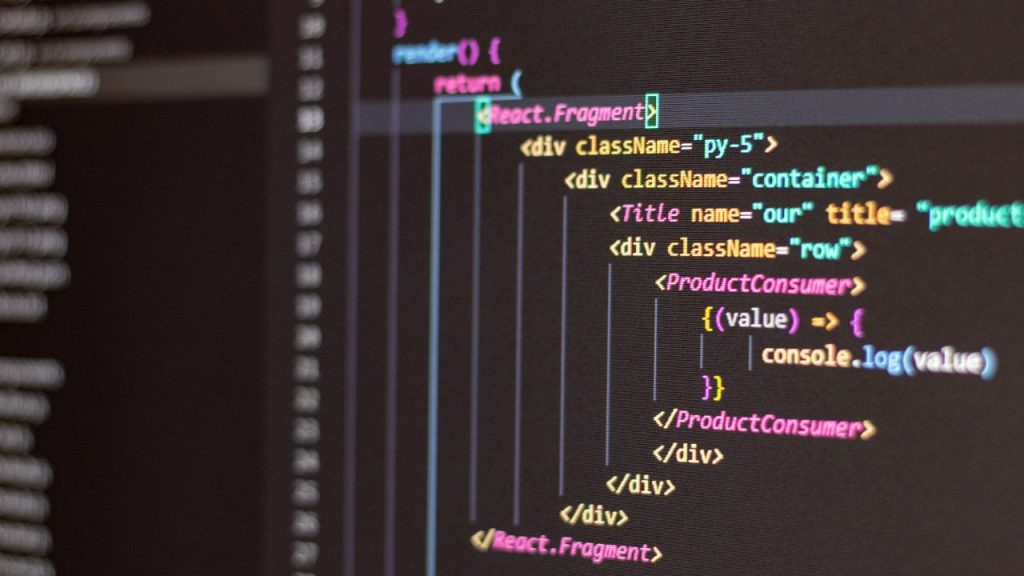
Congratulations! You have just made your first Node.js app. While this program may be small, it is the foundation for constructing more complicated apps using Node.js. As you continue to study and understand Node.js, you will be able to utilize it to construct powerful and dynamic online apps.
D. Debugging Node.js apps
Debugging Node.js apps may often be a difficult undertaking, especially when dealing with sophisticated systems. However, it is a key step in ensuring that your application is functioning smoothly and without any faults that might lead to unexpected crashes or erroneous behavior.

One of the best methods to debug a Node.js application is by utilizing the built-in debugger that comes with Node.js. This debugger allows you to set breakpoints, check variables, and walk through your code line by line, making it easier to determine the exact location of the issue.
Another handy tool for troubleshooting Node.js apps is the Chrome Dev Tools. This tool provides a full collection of debugging options that you may use to debug your Node.js apps. With the Dev Tools, you can inspect the DOM, analyze network queries, and even profile the performance of your application.
Additionally, Node.js provides a variety of third-party debugging tools that may be used to debug apps. Some of these tools are Visual Studio Code, WebStorm, and IntelliJ IDEA. These tools include extensive debugging features, including live code editing and remote debugging capabilities, making it simpler to debug programs in production situations.

Overall, debugging Node.js apps may be a tough endeavor, but with the correct tools and approaches, you can simply find and fix any issues that may develop, ensuring that your application operates smoothly and without any problems.
Day 2: Advanced Node.js Concepts
Welcome to Day 2 of our Mastering Node.js roadmap! By now, you should have a thorough knowledge of the foundations of Node.js and how it works. Today, we will be going deeper into some advanced topics that will take your Node.js abilities to the next level.
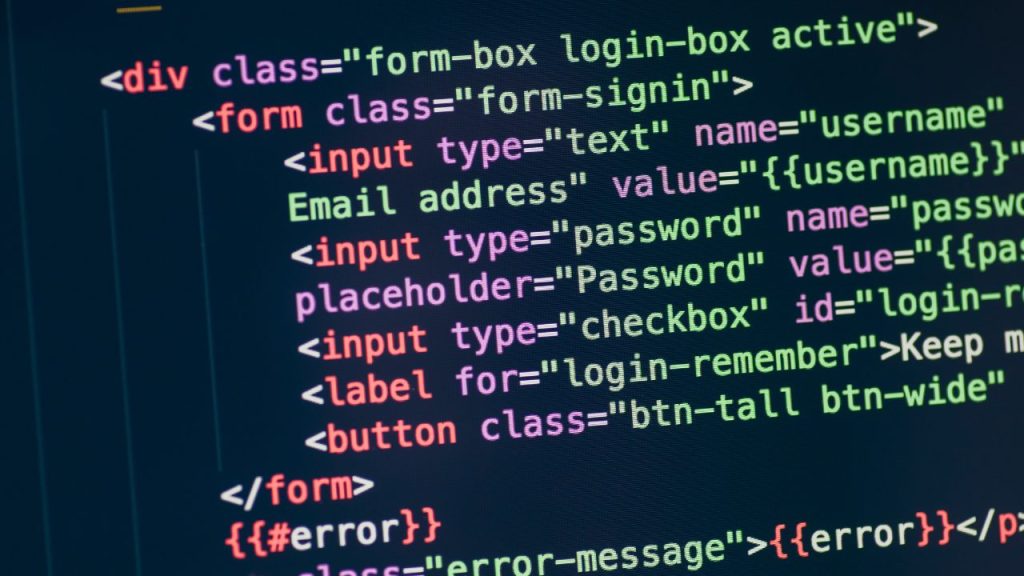
First, we shall investigate the subject of asynchronous programming. Asynchronous programming is an important feature of Node.js and allows it to process numerous requests concurrently. Understanding how to utilize asynchronous programming properly can help you develop more efficient and scalable programs.
Next, we shall explore streams. Streams are a significant feature of Node.js that allow you to interact with massive volumes of data in a memory-efficient fashion. You may use streams to read and write data from files, network connections, and more.
We will also explore middleware and how it may be utilized in Node.js applications. Middleware is a means to add functionality to your application’s request-response cycle. It may be used for activities such as authentication, logging, and error handling.
Finally, we will go into debugging and profiling. Debugging and profiling tools are vital for discovering and addressing faults in your Node.js apps. We will discuss some of the most common tools and approaches for debugging and profiling Node.js applications.

By the conclusion of Day 2, you will have a good knowledge of these advanced Node.js topics and be well on your way to becoming a Node.js master. Stay tuned for Day 3 where we will cover some real-world use cases and best practices for Node.js development.
Read More : The Ultimate AWS Cloud Learning Plan for Beginners in 20 Days
A. Understanding the Node.js event loop and asynchronous programming
Node.js is a prominent open-source framework that is used by developers for developing online applications. It is built on top of the powerful V8 JavaScript engine that is also utilized by Chrome, and it allows developers to construct server-side apps in JavaScript. However, to properly learn Node.js, you need to comprehend its underlying architecture and programming model.
One of the essential ideas that you need to grasp is the Node.js event loop. The event loop is the backbone of the platform and it enables Node.js to process a huge number of requests without stalling. The event loop is a loop that runs constantly, processing events as they arrive. These events can be I/O activities like reading from a file or submitting a network request, or they can be timer events that occur after a particular length of time.

Understanding the event loop is crucial to developing fast and scalable Node.js applications. Node.js employs an asynchronous programming approach to manage I/O operations. This implies that instead of waiting for one operation to complete before going on to the next one, Node.js will start the operation and move on to the next job. When the operation is complete, a callback function is invoked to handle the outcome.
Asynchronous programming may be tough to grasp, especially if you are used to dealing with synchronous code. However, if you understand how it works, you can create very performant and scalable apps. In this part, we’ll go deep into the Node.js event loop and asynchronous programming, so that you can understand these concepts and take your Node.js abilities to the next level.
B. Creating and controlling child processes in Node.js
Node.js is a sophisticated runtime environment that is capable of running numerous processes concurrently. One of the ways that Node.js does this is by establishing and controlling child processes. A child process is a separate process that is launched from the primary Node.js process, which may be used to run additional commands or execute other programs.

Creating and controlling child processes in Node.js is a valuable approach that may be used to increase the speed of your apps. For example, if your application has to conduct a long-running job, such as processing a huge data collection or writing a report, you may spawn a new child process to do that work while the primary process continues to handle other requests.
In Node.js, you may create a child process using the child_process module. This module contains numerous ways for generating new child processes, including spawn(), fork(), and exec(). Each approach has its own pros and disadvantages, depending on the requirements of your application.
Once you have established a child process, you may connect with it using normal input/output streams or additional ways such as send(). Communication between the main process and child process is asynchronous, which means that you may continue to handle other requests while the child process is operating.

Managing child processes in Node.js is also critical for ensuring that your application works smoothly and effectively. You should monitor the performance of your child processes and terminate them if they become sluggish or consume too much memory or CPU resources. Node.js includes numerous ways for monitoring and controlling child processes, including kill(), disconnect(), and unref(). By adopting these strategies, you can ensure that your application stays reliable and responsive even under severe demand.
C. Using Node.js for web development using frameworks like Express.js and Socket.IO
If you’re interested in web development and want to use Node.js, then you’re in luck since there are many amazing frameworks out there that can help you reach your goals. One of the most popular frameworks available is Express.js.
Express.js is a strong, yet simple, web framework for Node.js that provides a solid collection of functionality for creating online apps. With Express.js, you can simply manage HTTP requests and answers, implement routing logic, and interface with multiple template engines and database systems.

Socket.IO is another popular framework that can be used with Node.js. Socket.IO is a real-time engine that permits communication between a client and server. This framework provides a robust collection of capabilities for constructing real-time applications such as chat apps, online games, and much more.
With Node.js and frameworks like Express.js and Socket.IO, you can construct robust, scalable web applications that can manage a huge number of users. These frameworks give all the required tools for constructing sophisticated online applications, and the Node.js ecosystem offers a huge range of packages and plugins that may help you build even more complicated apps. So, if you’re trying to develop sophisticated online apps, then Node.js and its frameworks are absolutely worth studying.
Read More : How To Pick Easy SEO Niches for 24 Hour AI Content Rankings In 2023
D. Creating RESTful APIs with Node.js
When it comes to constructing online apps, providing RESTful APIs is one of the most crucial duties for a developer. RESTful APIs enable for communication between the client and the server utilizing HTTP methods such as GET, POST, PUT, DELETE, etc.

Thankfully, Node.js makes developing RESTful APIs a simple. With the aid of Express.js, a popular Node.js web framework, you can simply construct RESTful APIs with only a few lines of code.
To develop a RESTful API, you first need to specify the routes using Express.js. Routes are URL patterns that correspond to a certain function or action that should be executed. For example, if you have a route for /users, you may write methods to get, post, put, or remove user data.
Once you have set your routes, you can next write the logic for each HTTP method using middleware. Middleware functions are functions that are run before the final function that transmits the response. They may be used to do numerous activities such as authentication, logging, and data validation.
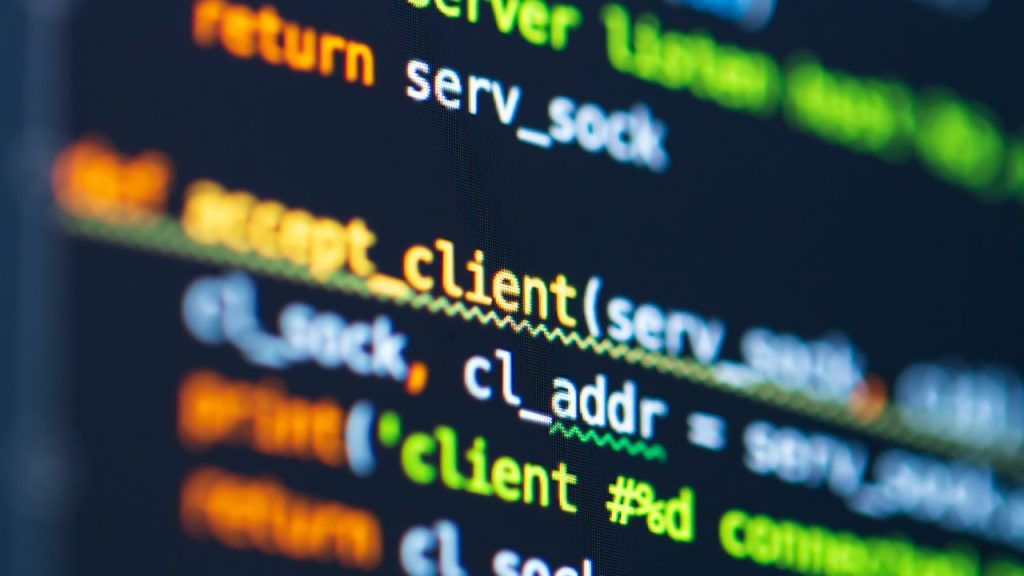
In addition to Express.js, there are many additional libraries and tools that may help you construct RESTful APIs in Node.js such as Hapi.js, Restify, and Loopback. However, Express.js remains the most popular and commonly used framework for constructing RESTful APIs in Node.js.
Overall, developing RESTful APIs with Node.js is an important skill for every web developer and with the correct tools and resources, it can be learned in no time.
Day 3: Best Practices and Optimization Techniques
Congratulations! You’ve made it to Day 3 of studying Node.js. By now, you have a decent knowledge of the principles and have constructed multiple apps. Today, we will examine the best practices and optimization approaches to help you take your Node.js abilities to the next level.

First, let’s speak about error handling. It’s crucial to handle failures effectively in your Node.js apps, as unhandled errors might crash your application. Make careful to wrap your code in try-catch blocks and utilize error middleware to handle problems appropriately.
Next, consider introducing caching. Caching is the technique of storing data temporarily in a cache so that it may be accessed fast without having to go through the complete process of producing it again. This can greatly enhance the performance of your application.
Another optimization strategy to explore is code optimization. Node.js is built on JavaScript, which is an interpreted language. This indicates that there might be a performance hit if the code is not optimized. Use techniques like profiling to detect performance bottlenecks, then modify your code accordingly.

Finally, be sure you follow best practices when it comes to security. Node.js includes various built-in security capabilities, but it’s vital to additionally consider best practices like utilizing HTTPS, establishing authentication and authorization, and sanitizing user input.
By using these best practices and optimization approaches, you can design high-performance, secure Node.js apps that are guaranteed to impress. Keep studying and practicing, and soon you’ll be a Node.js master.
A. Using Node.js with databases like MongoDB and PostgreSQL
One of the most significant characteristics of Node.js is its ability to integrate smoothly with databases like MongoDB and PostgreSQL. This is a crucial ability for every developer who wants to construct scalable, data-driven apps.

MongoDB is a famous NoSQL database that is noted for its flexible architecture and document-based structure. It is suitable for processing unstructured data and may be utilized in a number of applications, from small-scale web apps to large-scale business systems.
PostgreSQL, on the other hand, is a sophisticated relational database that is noted for its resilience and stability. It is great for processing structured data and may be utilized in a range of applications, from e-commerce sites to financial systems.
Using Node.js with databases like MongoDB and PostgreSQL might be a bit tricky, but with the correct tools and strategies, it can be learned effortlessly.
You will need to learn how to interface with the database using Node.js, how to manage database failures, and how to improve your application’s speed.
There are numerous resources available to assist you learn how to utilize Node.js with databases like MongoDB and PostgreSQL.
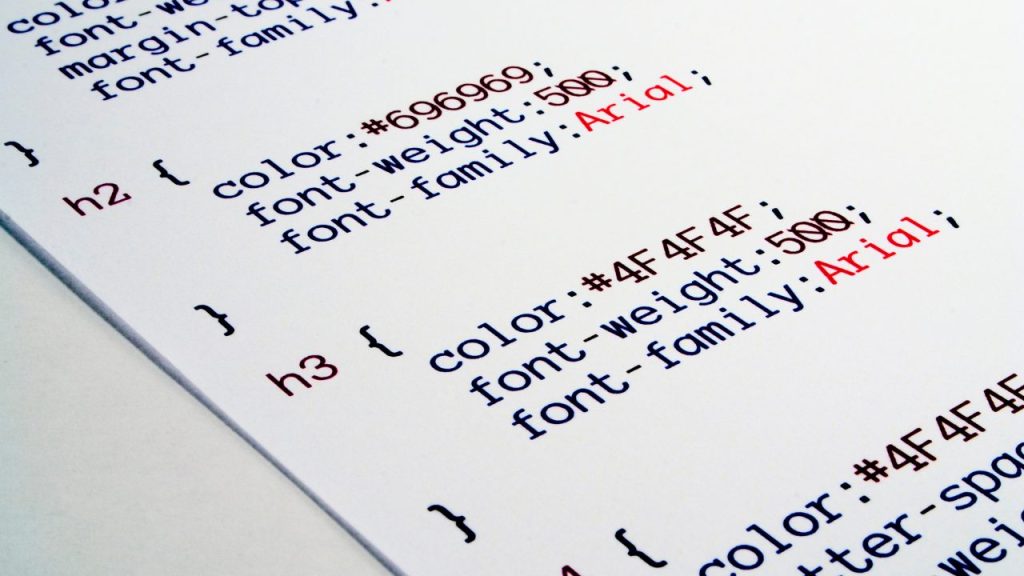
You may discover online tutorials, courses, and material that will help you through the procedure step-by-step. With a little of experience, you will be able to design sophisticated, data-driven apps that will surprise your clients and users alike.
Read More : How I Built An AI SEO Website In 27 Minutes 2023
B. Implementing security measures for Node.js apps
Implementing security measures for Node.js apps is a key step in assuring the safety of your system and data. One of the most significant security precautions that you may apply is the usage of HTTPS protocol for communication. HTTPS encrypts all data passed between the client and server, making it difficult for any third-party to intercept and access the data.

Another significant security step is the deployment of user authentication and authorization. This guarantees that only authorized users can access your application and data, preventing unwanted access or data breaches. One technique for user authentication is to utilize JSON Web Tokens (JWTs) which are safe and straightforward to install.
It’s also crucial to maintain your dependencies up-to-date and safe. Many Node.js packages and modules rely on other dependencies, and such dependencies may contain security flaws. Keeping your dependencies up-to-date is the best approach to ensure that your application is not harmed by known security issues.
Lastly, integrating logging and monitoring technologies can help you spot any suspicious behavior and offer you with real-time notifications in case of any security breaches. These technologies can help you swiftly identify possible hazards and take appropriate action to avert any serious consequences.

Overall, adopting security measures for Node.js apps should be a top priority for any developer or company in order to secure their system and data from potential threats or assaults.
C. Scaling Node.js apps for high traffic
Scaling Node.js apps for high traffic is a necessary for every developer who wants to construct strong and dependable systems that can manage the most demanding traffic loads. The aim is to guarantee that the application can expand horizontally, which implies that it can manage additional traffic by adding more servers to the mix.
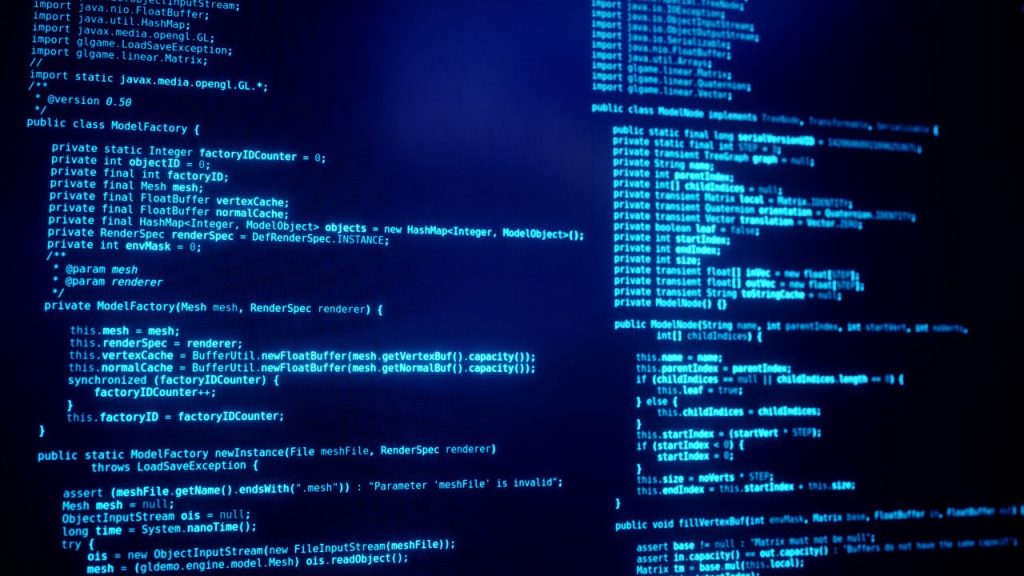
One approach to achieve this is to utilize a load balancer, which can disperse incoming traffic over different servers. Another key component of scalability is to make sure that the application is stateless, which implies that it doesn’t rely on any data saved on the server. Instead, it should rely on a database or some other external storage system to maintain its data.
There are various tools and strategies available to help you scale Node.js applications, such as clustering, message queues, and caching. Clustering is a technique that allows you to run numerous instances of your application on the same server, which can assist increase performance and decrease downtime. Message queues can help you manage your application’s burden by processing requests in the background, while caching can boost speed by keeping frequently visited data in memory.

One crucial thing to keep in mind while growing Node.js apps is to continually check your application’s performance and scalability. Make sure that you have the necessary tools in place to assist you detect performance bottlenecks and to monitor your application’s health. By following these best practices, you’ll be able to design highly scalable Node.js apps that can manage even the most demanding traffic loads.
Read More : How to Learn Java on 7 Days for Beginners in 2023
D. Optimizing Node.js speed via caching, compression, and other approaches
Optimizing Node.js speed is a vital step towards developing resilient and efficient online apps. Caching, compression, and other approaches are some of the ways to achieve this aim.

Caching is a strategy that includes storing frequently requested material in memory or disk, minimizing the time it takes to retrieve it. Node.js provides numerous caching libraries, such as Node-cache, Redis, and Memcached, that make it easy to incorporate caching in your application. By caching data, you may limit the amount of queries your application makes to the server, thus enhancing its speed.
Compression is another approach that can assist enhance the speed of your Node.js application. By compressing your replies, you may limit the amount of data that has to be transferred over the network, resulting in quicker load times. Node.js provides built-in compression middleware that can be quickly added into your application.
Other strategies, such as clustering and load balancing, can also assist boost Node.js speed. Clustering includes generating numerous instances of your program that may operate simultaneously, boosting its scalability and performance. Load balancing includes dividing incoming requests over different servers, ensuring that each server is utilized efficiently and avoids overload.

Overall, optimizing Node.js speed needs a combination of approaches and tactics. By incorporating caching, compression, clustering, and load balancing, you can design fast, scalable, and efficient web apps that match the expectations of your users.
Conclusion: Next Steps in Mastering Node.js
Congratulations on finishing this 3-day plan for Mastering Node.js! By now, you should have a thorough grasp of the fundamentals of Node.js, including installation, package management, and the principles of server-side development.
But the quest to learning Node.js is far from complete. There is always more to learn and explore in this wonderful profession, and the following advice can help you continue your journey:
- Dive deeper into Node.js modules and packages to boost your programming capabilities.
- Learn more about Node.js frameworks, such as Express.js, which may help you create web apps more effectively.
- Experiment with Node.js APIs to develop integrations with other technologies and services.
- Attend Node.js conferences, meetings, and seminars to remain up-to-date with the newest trends and approaches in the area.
Remember, understanding Node.js is a continual journey that needs effort, dedication, and a passion for learning. By taking these next steps and keeping connected with the Node.js community, you may take your abilities to the next level and become a genuine expert in this powerful and adaptable technology.
A. Resources to continue studying Node.js
Node.js is a robust platform that allows developers to construct scalable, high-performance applications. As you grasp the foundations of Node.js, you’ll find that there’s always more to learn and explore. Luckily, there are numerous resources available to assist you continue your Node.js education and take your abilities to the next level.
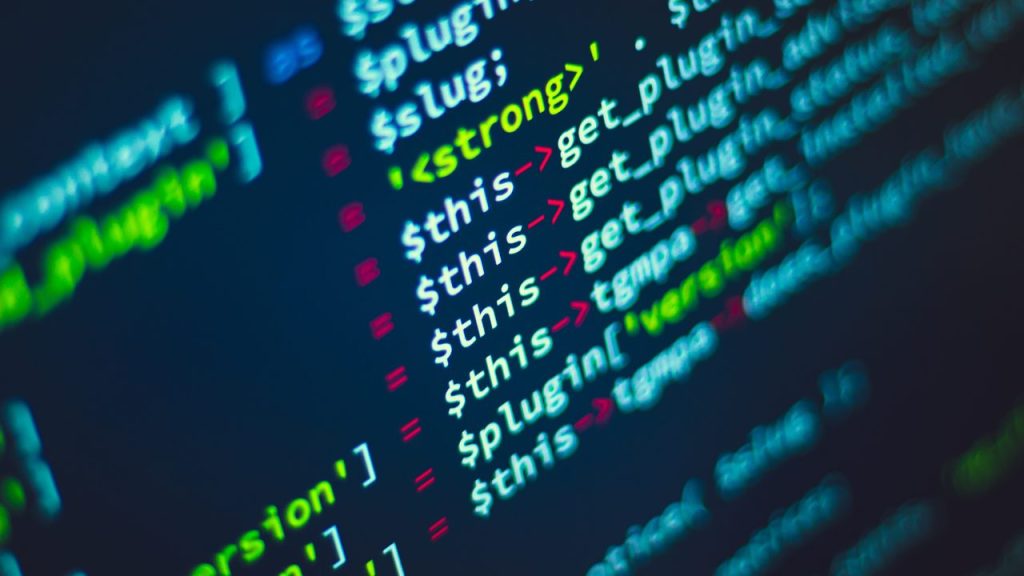
One wonderful resource for furthering your Node.js education is the Node.js documentation itself. The documentation is thorough and contains everything from basic training to advanced subjects like constructing custom modules. Additionally, the documentation is continuously updated to reflect the latest updates and best practices in the Node.js ecosystem.
Another wonderful resource is the Node.js community. The Node.js community is a strong and active collection of developers that are passionate about developing amazing Node.js apps. You can discover the community on sites like Stack Overflow, GitHub, and Reddit, where you can ask questions, exchange information, and interact with other Node.js developers.
If you’re searching for more organized instruction, there are several online courses and tutorials available for Node.js. Sites like Udemy, Coursera, and Pluralsight provide a wide choice of Node.js courses, from beginning to expert. You may also find numerous free lessons and videos on YouTube and other internet places.
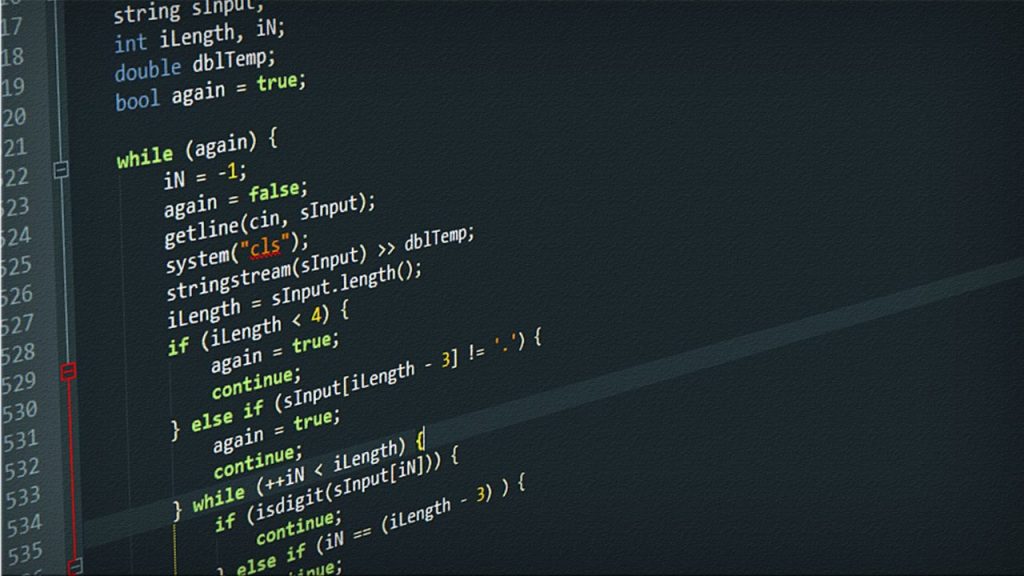
Finally, if you’re wanting to push your Node.js abilities to the next level, try attending Node.js conferences and meetups. These events are a wonderful opportunity to network with other developers, learn about the latest trends and best practices in the Node.js ecosystem, and gain hands-on experience with new tools and technologies.
By taking use of these tools and continuing to study and explore Node.js, you’ll be well on your way to understanding this powerful platform and developing outstanding apps.
Read More : It Is Scam : Make $10,000 On Microsoft Excel Free Online
D. Future advances in Node.js and the role it will play in web development
Node.js has already made a huge influence on web development, and it shows no indications of slowing down in the next years. In fact, there are several exciting advancements on the horizon that will make Node.js an even more vital aspect of web development.

One of the most interesting trends is the ongoing expansion of the Node.js ecosystem. As more and more developers use Node.js, we should expect to see even more tools, libraries, and frameworks built to support it. This will make it easier for developers to construct complicated apps using Node.js, and will also make it easier for businesses to discover people with the requisite Node.js expertise.
Another key trend is the continuous expansion of server less computing. Server less computing allows developers to construct and execute apps without having to worry about the underlying infrastructure.
This may be a big advantage for developers, since it lets them to focus on designing apps rather than maintaining servers. Node.js is well-suited to server less computing, and we should expect to see even more Node.js apps deployed in server less environments in the future years.
Finally, we should expect to see Node.js continue to push the frontiers of what’s possible in web development. As more developers adopt Node.js and build increasingly complicated apps with it, we should expect to see new use cases and applications emerge that were previously inconceivable. Node.js is currently a formidable tool, and its potential is only likely to continue to develop in the future years.

We hope you found our guide on understanding Node.js in 3 days helpful. Node.js is a powerful technology that can help you develop fast, scalable apps, and our roadmap can help you learn it quickly. As you work through the stages we’ve given, remember to take pauses, ask for help when you need it, and keep practicing. With the appropriate approach and effort, you can learn Node.js and take your programming abilities to the next level. Good luck, and happy coding!
More FAQ And Answer For Node.js
Can I learn Node JS in 3 days?
It takes roughly 3 months to properly master Node JS and be able to construct a viable full-stack application. If you already know some other programming, you can have the basics down within a few week’s work.
How long does it take to learn Node JS?
If you have significant development skills but no prior understanding of JavaScript (the programming language of Node. js), it will take roughly 2-6 weeks to learn Node. js and JavaScript. If you have extremely low development expertise programming and beginner, it may take roughly 10-12 months or more to master Node.
Is Node JS easy than Python?
Both Python and Node. js are easy to learn. However, Python is more understandable and can even be understood by others who aren’t developers. We’ll next study fundamental syntax by establishing a “Hello World” server in Node.
Is Node JS faster then Python?
JavaScript versus Python, Node. js is quicker owing to JavaScript, however Python is quite sluggish compared to compiled languages. Node. js is excellent for cross-platform applications, but Python is largely utilized for online and desktop applications.
Is Node JS in demand?
Due to its speed and scalability, many firms are searching for individuals with NodeJS expertise and yet the supply of experienced developers is still not sufficient to satisfy that demand. Therefore, Node JS is a wonderful career choice and understanding how to develop in NodeJS might open you up to amazing work chances.
Is node JS easier than React?
React. js is superior for constructing the project with shifting modes such as dynamic inputs, buttons and many more possibilities. We may utilize both technologies for our web projects at the same time. You may develop the web app’s front end with the aid of React and make the back end using the Node js, like Netflix did.
Read More : Mastering MERN Stack Development in 2023: A Comprehensive Guide

Hello I am Habib Hasan. I am an Internet Marketing Expert, Business Advisor, Programmer and Tech Advisor with skills in Technical SEO and Web Design, Web Developer.
